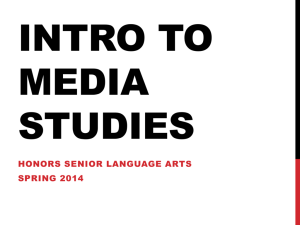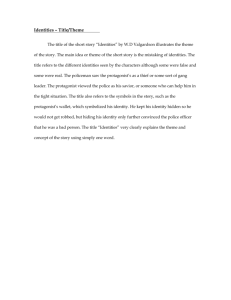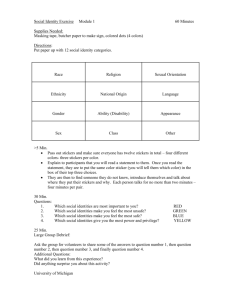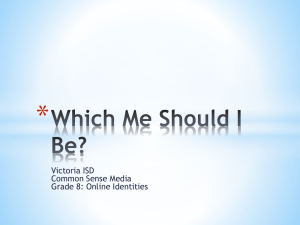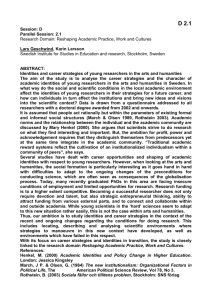Four Characteristics of Pop Culture
advertisement
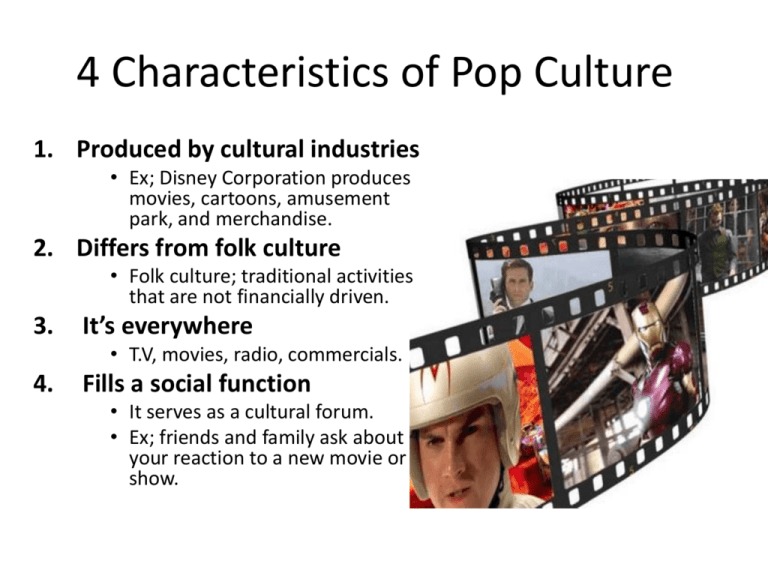
4 Characteristics of Pop Culture 1. Produced by cultural industries • Ex; Disney Corporation produces movies, cartoons, amusement park, and merchandise. 2. Differs from folk culture • Folk culture; traditional activities that are not financially driven. 3. It’s everywhere • T.V, movies, radio, commercials. 4. Fills a social function • It serves as a cultural forum. • Ex; friends and family ask about your reaction to a new movie or show. Patterns of how People Consume Popular Culture • People seek or avoid specific forms of popular culture. • Ex; some like reality T.V. shows others avoid them. • Cultural Texts: Popular culture messages on T.V. shows, movies, advertisements. • Encoding: Creating a message • Institutions form text by relying on peoples identities and then target specific markets. • Decoding: Interpreting the message • Our social identities help guide our interpretations as decoders. Magazines and Cultural Identities • Advertising offices of Magazines make their reader profiles available to potential advertisers. • Average age, gender, incomes. • Some Magazines serve certain ethnic groups • Ex; Hispanic Magazine targets Latino audiences. • Cultural Texts vs. Cultural Identities • People come together through cultural magazines and newspapers to affirm their relationship with their cultural identities. • But not all popular culture texts are correlated to particular cultural group Resisting Popular Culture • Refuse to engage in them • Not owning a T.V., refuse watch movies with violence. • Ex; University of North Dakota’s fighting Sioux mascot; want to ban Indian imagery that’s considered hostile or abusive. • Social Roles • Pop Culture plays a big role in how we think about other groups, so there’s concerns about the representation of various social groups. • Ex; Disney film Aladdin racist portrayal of Arab culture. • Targeted at profits of corporations • Ex; Iraqis buy pirated DVD’s of U.S. films, market doesn’t earn profit for these sales.

